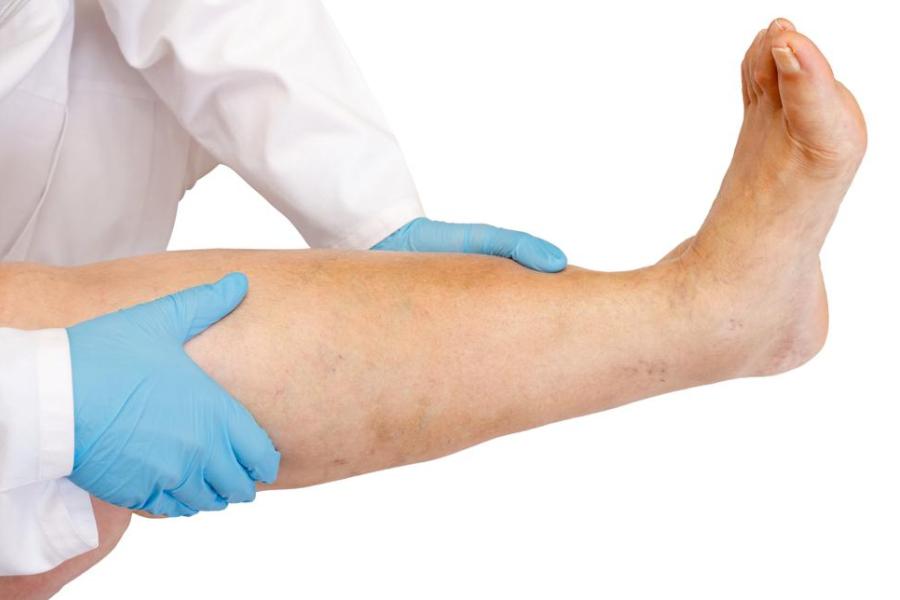
Diabetes: Peripheral Vascular Complications
Patients with diabetes are 3 times more likely to develop PVD than non diabetic patients. Peripheral vascular disease is the reduction of blood flow to the muscles due to plaque. Plaque is a buildup of fat and cells that forms on the blood vessel walls, decreasing the space in the vessels for the blood to travel through. This results in a reduced amount of nutrient carrying blood reaching the muscles.
Risks
- Smoking
- Hypertension
- High cholesterol
- Over age 50yr
Symptoms
- Cramping of the leg muscles
- Muscle weakness and fatigue
- A sensation of heaviness in the legs
- Intermittent claudication
- pain in legs during activity which goes away after activity stops
- Ulcers
- open wounds which can lead to infection and limb amputation is not treated properly
Treatment
- Lifestyle changes
- Stop smoking
- Low fat, low cholestrol diet
- Exercise
- Glucose control
- BP control
- Treatment of high cholesterol with statins
- Medications that inhibit platelt aggregation (prevent clot from forming)
- Medications that decrease blood thickness
- Atherectomy: surgical procedure where a catheter is inserted into the artery and then the plaque is removed from the vessel wall using a drill or balloon technique
Tests
- ABI (ankle brachail index) is used to measure the flow of blood in your limbs
- Blood pressure cuff is placed on your ankle and bicep
- The highest pressure recorded at the ankle is divided by the highest pressure at arm
- Normal resting ankle bracial index is >1.0
- Abnormal is <0.9 which signifies decreased blood flow
- Treadmill Test: check ABI before and after walking on treadmill to examine extent of symptoms
- Arteriogram: dye is injected into the artery to show blood flow through the vascular system. Often used to pinpoint the exact location of a blocked vessel




